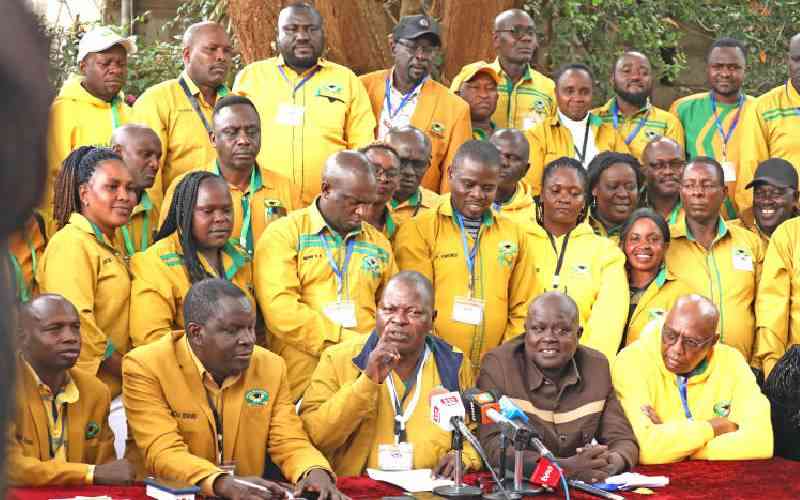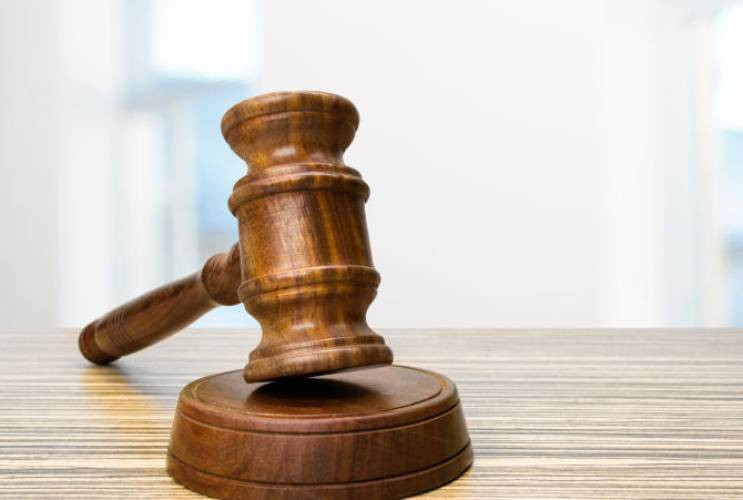The people of Kenya won a major battle in the Supreme Court’s decision of June 14 and June 16, 2016. There are four key outcomes. First, the retirement age for judges is constitutional and remains 70 years as stipulated in the Constitution and not 74 years.
Second, the Supreme Court reversed the unconstitutional, illegal and irregular orders of Justice Njoki Ndung’u of May 27, 2016 that had enabled Deputy Chief Justice Rawal and Justice Tunoi to cling to public office like a property right despite the High Court and Court of Appeal decisions.
The Court of Appeal decision would stand. Third, Justices Ibrahim and Wanjala opined that there may be public perception they are likely to be biased, partial or conflicted.
And fourth, the Supreme Court does not have the five judges required under Article 163 to hear the intended appeal. The Judicial Service Commission has declared the vacancies under Part II of the Judicial Service Act. But the Government Printer declined to publish a Special Gazette notice on June 15, 2016.
The Supreme Court’s decision was largely a 3:2. That is the Chief Justice, Justices Ibrahim and Wanjala on the one hand, and Justices Ojwang and Njoki on the other. In some it was 2:2:1. Lawyers Waweru Gatonye and Pheroze Nowrojee wanted stay for 21 days. How?
The Court had decided and became functus officio or was no longer empowered to act especially because they ruled that they are incompetent or impartial. Moreover there can’t be an impartial Supreme Court bench in that period as decided today.
What are the highlights of the opinions? First, Ibrahim was reflective and contrite about some decisions he has made including his perspectives on 74 years. He sought to clarify the conflict of interest generally and in this case. He disagreed that “necessity” requires them to sit. To him, public interest, integrity, justice and the judicial oath were key in delivering justice.
Justice Wanjala clarified the CJ’s administrative role vis-a-vis other judges. And that Justice Njoki’s decision was irregular partly because she set hearing dates which is the CJ’s function in consultation with the Registrar under the Supreme Court Act. He recused himself since he had participated in the JSC committee that made the decision to implement the constitutional retirement age.
CJ Mutunga was clear on what he called the CJ’s “monarchical” powers but which had been checked by powers of the President of the Court of Appeal and the Principal Judge of the High Court. Checks also applied to individual judges.
He insisted that it was right for him to bring forward the inter-party hearing by constituting the five-judge bench to hear the matter. Rawal had actually moved to Njoki with lightning speed claiming urgency but Rawal and Tunoi who sit in the Supreme Court were now unhappy with a date earlier than Njoki’s June 24. He was “baffled”. It was also the CJ’s opinion that the national values and principles of good governance, integrity, accountability and transparency must be the guiding principles of the Judiciary.
He expressed middle-ground opinion on disqualification or recusal and on other issues. Pragmatism? Reaching out to both sides of the bench? Ojwang and Njoki largely dealt with issues in a doctrinal, general and contrived manner.
They opined that Njoki had the power to hear the Rawal application alone and that the CJ had no power to countermand her decision.
Njoki agreed. And that the five-judge bench was competent. That JSC will always have two Supreme Court Judges and will continue to be a litigant. That it cannot be right that the Supreme Court cannot in any case hear JSC matters.Sometimes the facts or the law were manipulated especially by Njoki. She focused on the Supreme Court Act to justify her one-judge decision rather than Article 163(2), which requires five judges for any “proceedings”.
To her, those were not proceedings. Both were emotional and temperamental. Njoki changed from calm, to smiling, to anger. Ojwang started off collected but appeared angry most of the time.
Though less angry than during argument by JSC lawyers and Mr Okiya Omtata, the interested party and the applicant whose preliminary objections were key. Both have never shown keen activism, interest or emotions for justice, for instance, in the Presidential election petition of Raila v. IEBC.
Stay informed. Subscribe to our newsletter
Such petitioners could also be called “ordinary” litigants facing a State agency, yet the two were super litigants. They took most of the court’s six or so hours. Remarkably, the case of Mukisa Biscuits was applied discriminatively by the two judges to throw out Omtata’s preliminary objections, claiming he had emphasised contested facts.
Yet the retiring judges’ objections were not subjected to the same test. This was a procedural technicality that under Article 159, should not bar a litigant’s quest for justice.
Significantly, there was better judicial, administrative and intellectual leadership from the CJ. Kenyans won a fight for the rule of law, justice and constitutional democracy.
Kenyans should fight on as they can only lose oppression, impunity, exploitation, corruption and tribal exclusion.
 The Standard Group Plc is a
multi-media organization with investments in media platforms spanning newspaper
print operations, television, radio broadcasting, digital and online services. The
Standard Group is recognized as a leading multi-media house in Kenya with a key
influence in matters of national and international interest.
The Standard Group Plc is a
multi-media organization with investments in media platforms spanning newspaper
print operations, television, radio broadcasting, digital and online services. The
Standard Group is recognized as a leading multi-media house in Kenya with a key
influence in matters of national and international interest.
 The Standard Group Plc is a
multi-media organization with investments in media platforms spanning newspaper
print operations, television, radio broadcasting, digital and online services. The
Standard Group is recognized as a leading multi-media house in Kenya with a key
influence in matters of national and international interest.
The Standard Group Plc is a
multi-media organization with investments in media platforms spanning newspaper
print operations, television, radio broadcasting, digital and online services. The
Standard Group is recognized as a leading multi-media house in Kenya with a key
influence in matters of national and international interest.








